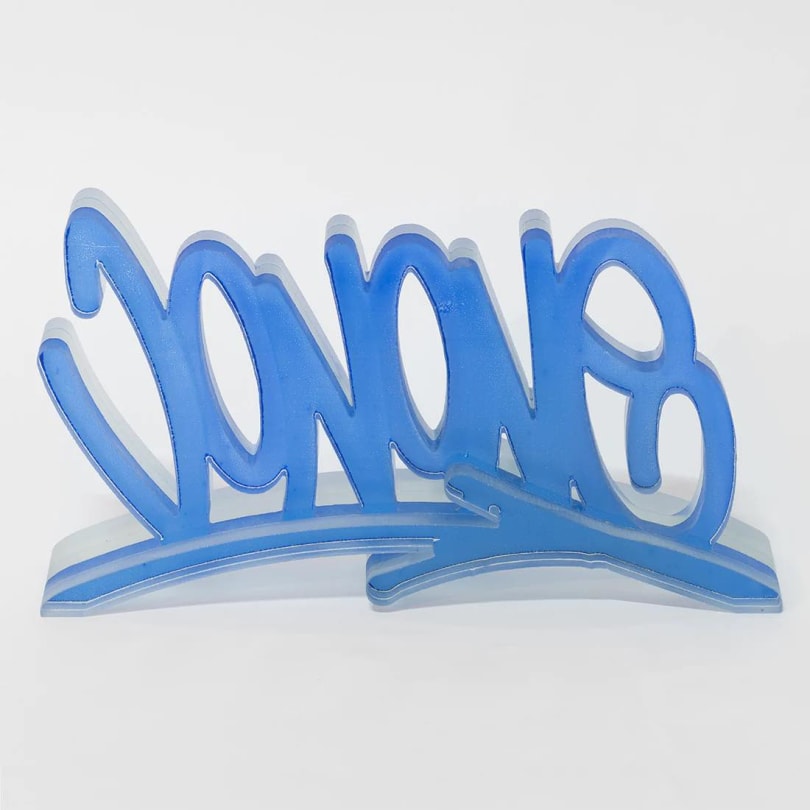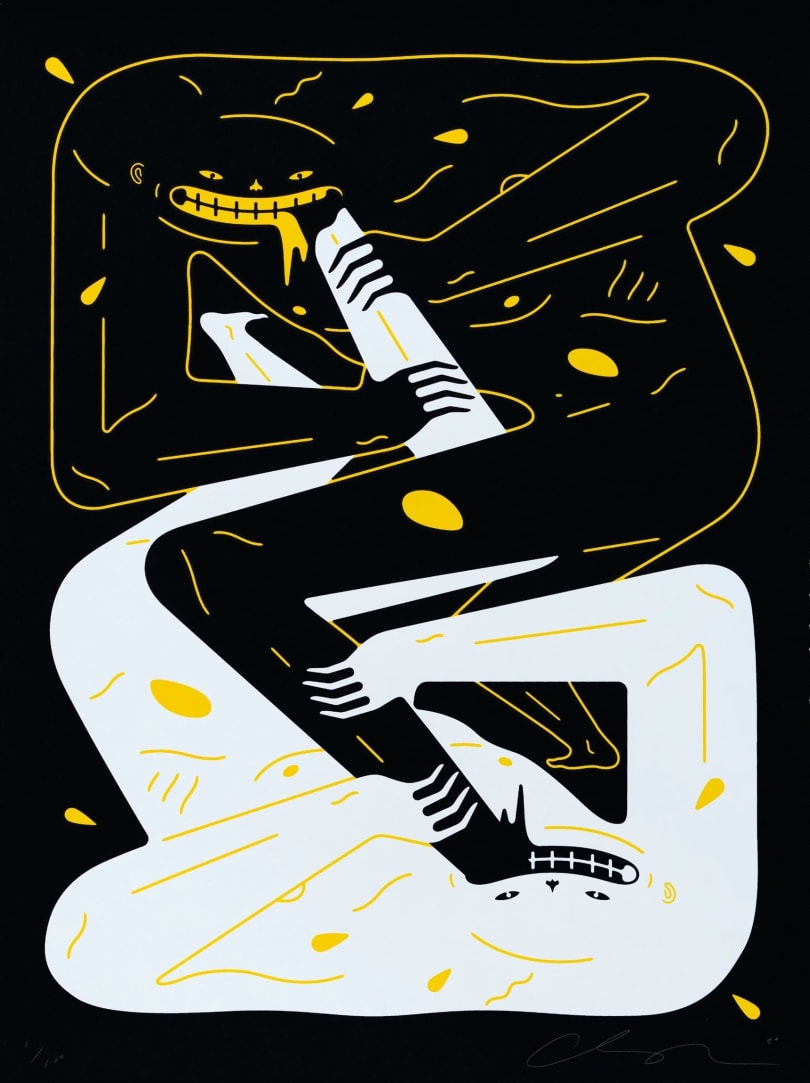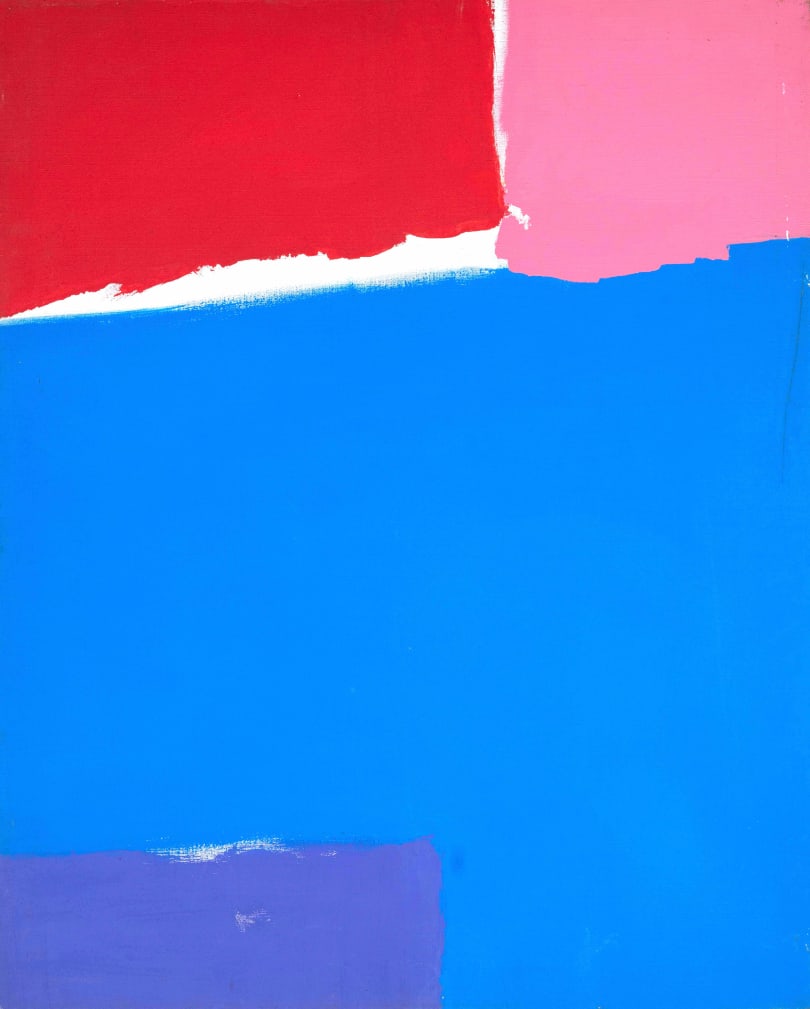
Artwork information
Category
PrintTechnique
Lithographic posterDate
1937Dimensions
104 cm x 78 cmSignature
Signed lower leftProof(s) of authenticity
Lithograph sold with a certificate of authenticity issued by the publisher Mourlot.State of conservation
Very goodFraming
YesLocation
Paris, FranceDescription
"L'art indépendant au Petit Palais": lithographic poster designed for the exhibition of the masters of independent art, made in 1937 by Fernand Mourlot and Henri Matisse after the original painting "Le rêve" of 1935.
It was on this occasion that Matisse and Fernand Mourlot met.
For the international exhibition "l'Art Indépendant" at the Petit Palais, in 1937, a large presentation of masterpieces of modern art was organized by Raymond Escholier, curator of this museum. He asked me to print the two posters announcing this prestigious event.
The first poster chosen was a large painting by Pierre Bonnard, Le Petit Déjeuner. I asked the master to advise me on the reproduction of his work. I had the satisfaction to learn that he was happy with our work.
A painting by Henri Matisse, Le Rêve, was chosen for the second poster. It was at this time that I met him.
Wishing to make a good reproduction - the chosen subject was delicate to print -, I asked Henri Matisse to receive me. Matisse was a character! nothing to do with Picasso or Derain... In front of them, one could always joke. Matisse kept a certain distance from his interlocutors. I called him, from the beginning and throughout our relationship, "Mr. Matisse" and he called me "Mr. Mourlot".
He received me very cordially.
- You are going to make a beautiful poster. Have you seen the painting? I think it will be quite difficult to reproduce because there are nuances that must be respected...
I brought him a model of the poster with the texts. Of course, he started by discussing the letter, and then he told me:
- You shouldn't put any colors in the headlines, the whole letter in black. You see, this letter is a little big. I would like to see the proofs because I am quite meticulous, and I want to have a nice poster.
Almost every day I went to see him with a different proof; we discussed it together. At the time he lived on Boulevard du Montparnasse, near the observatory.
At a certain point, he said to me:
- Bring me back the canvas, we will now work on your litho and do something else. Let's get away from the painting and make a good picture.
The colorist went back to work; it must be said that at that time color photography had not reached its present perfection. Handmade work was superior to photo mechanical processes, and was done by very skilled specialists. The result was excellent and when the poster was finished, Henri Matisse told me:
- I am satisfied and I am sure we will meet again..." Fernand Mourlot
This work is sold framed (see the last picture of the slideshow).
Provenance
Mourlot's Collection
Imagine the artwork at home



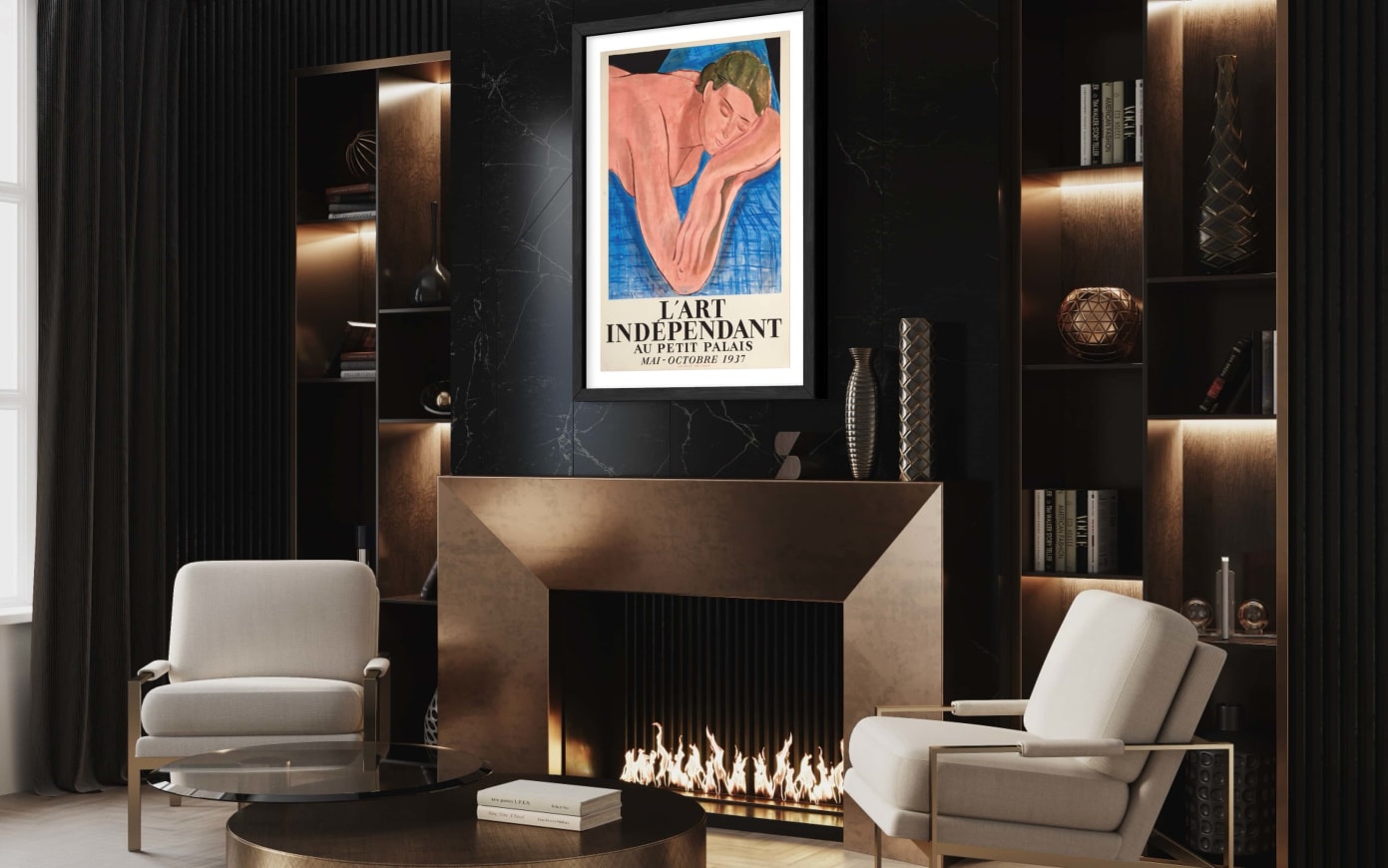
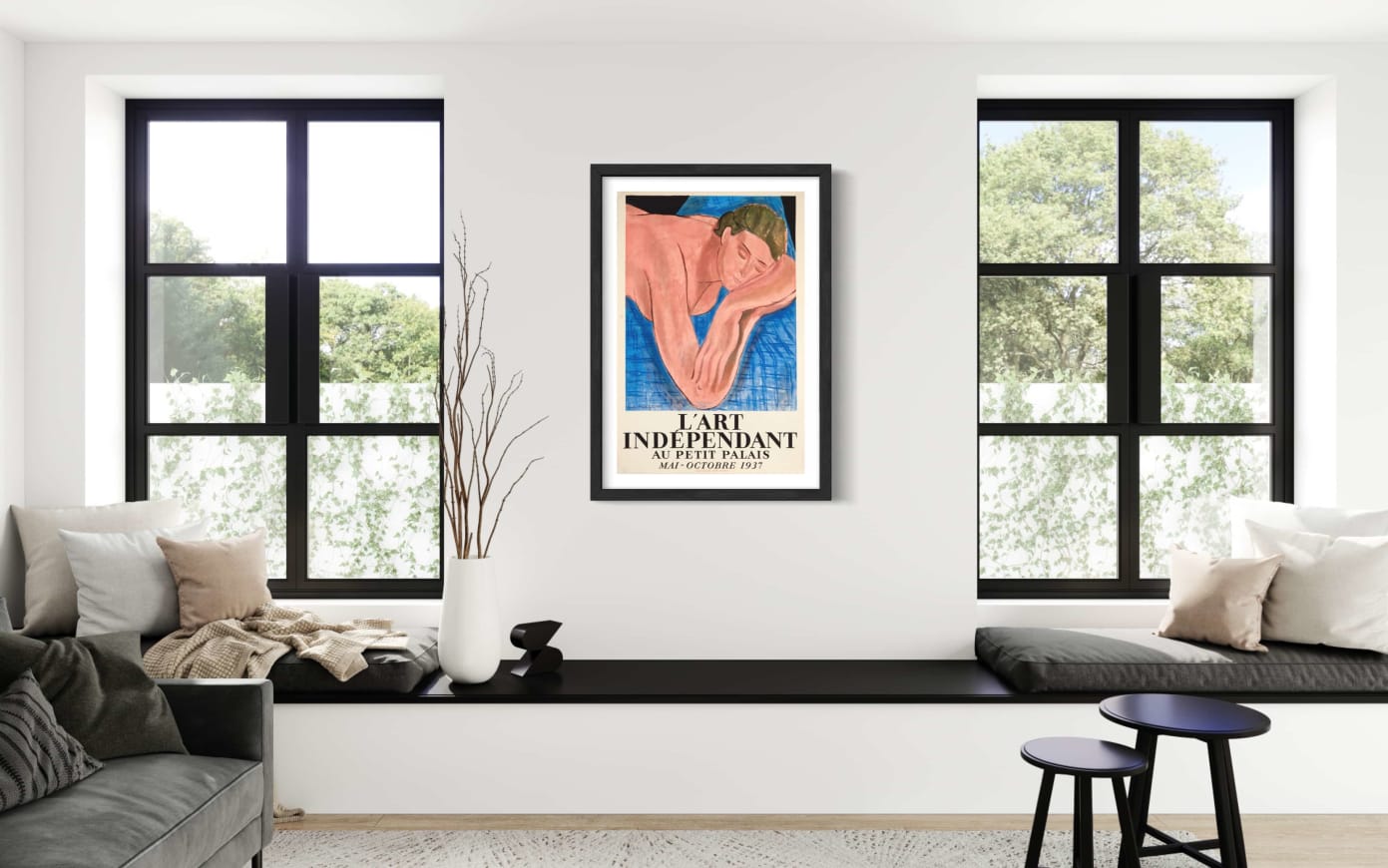









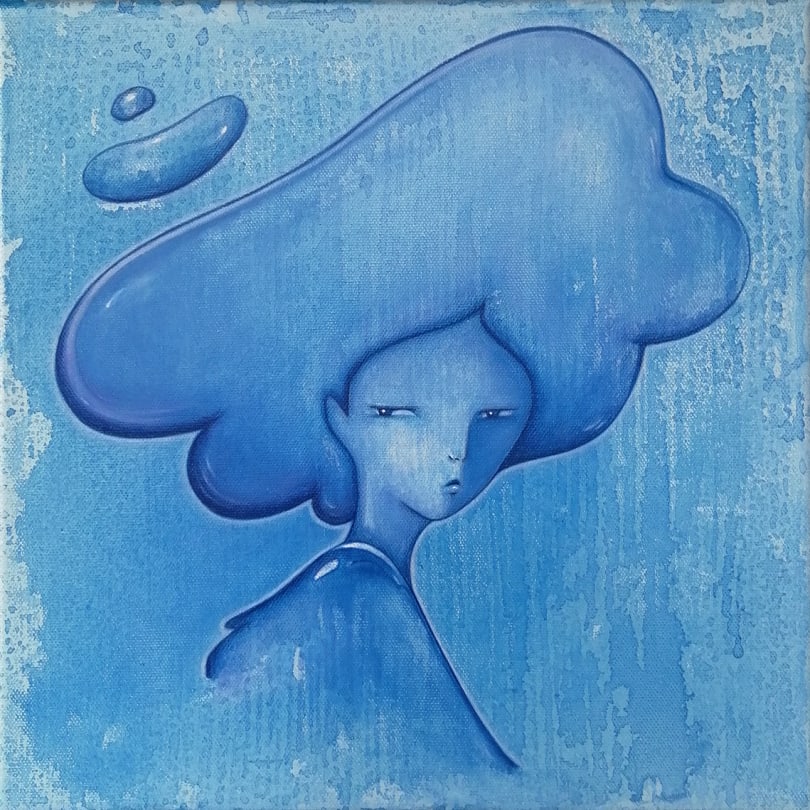



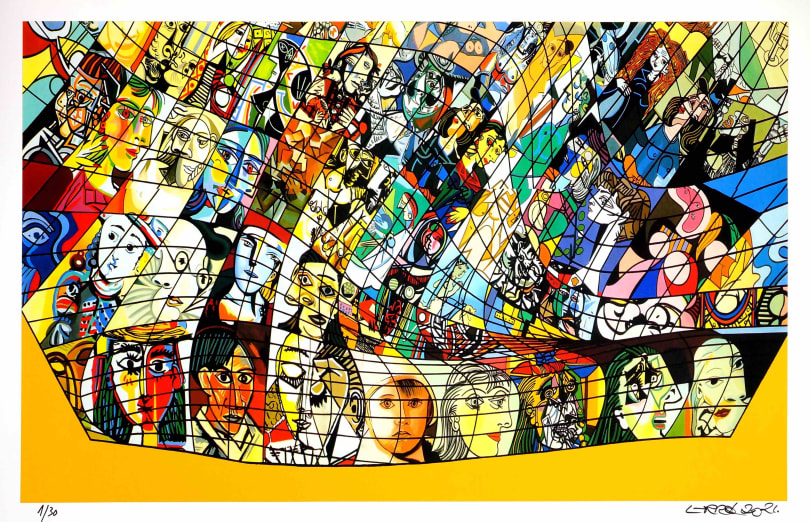
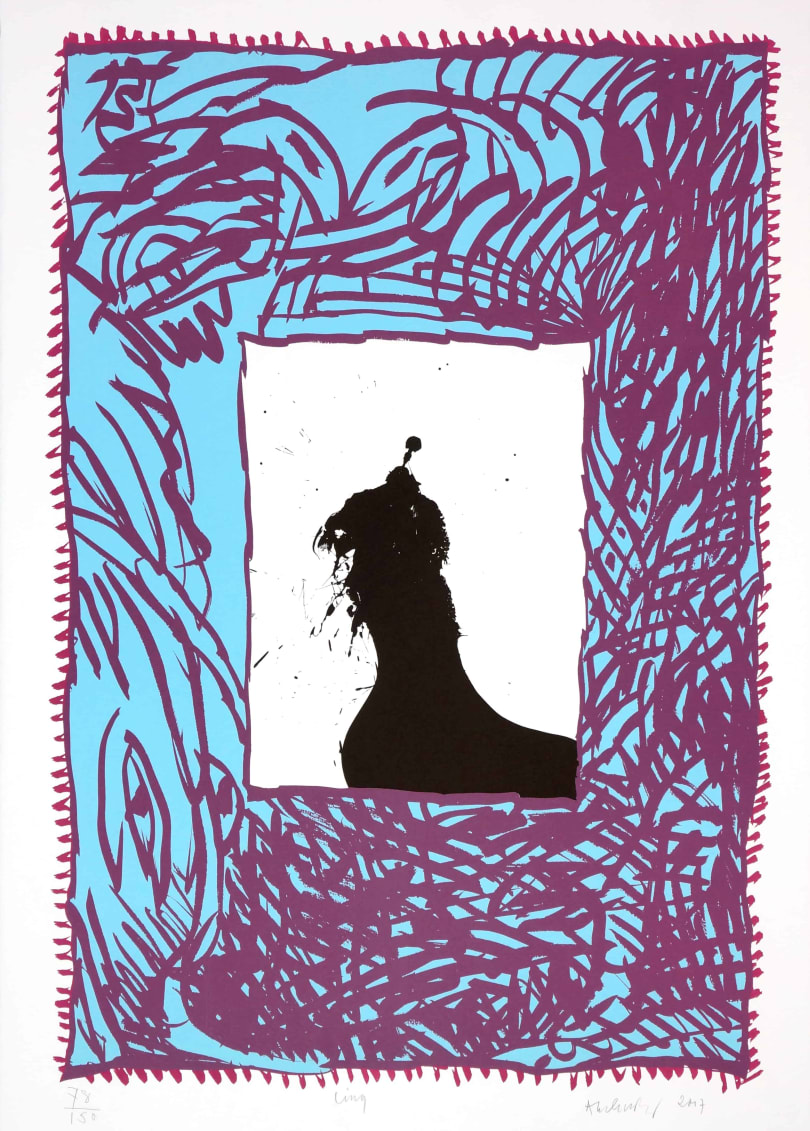







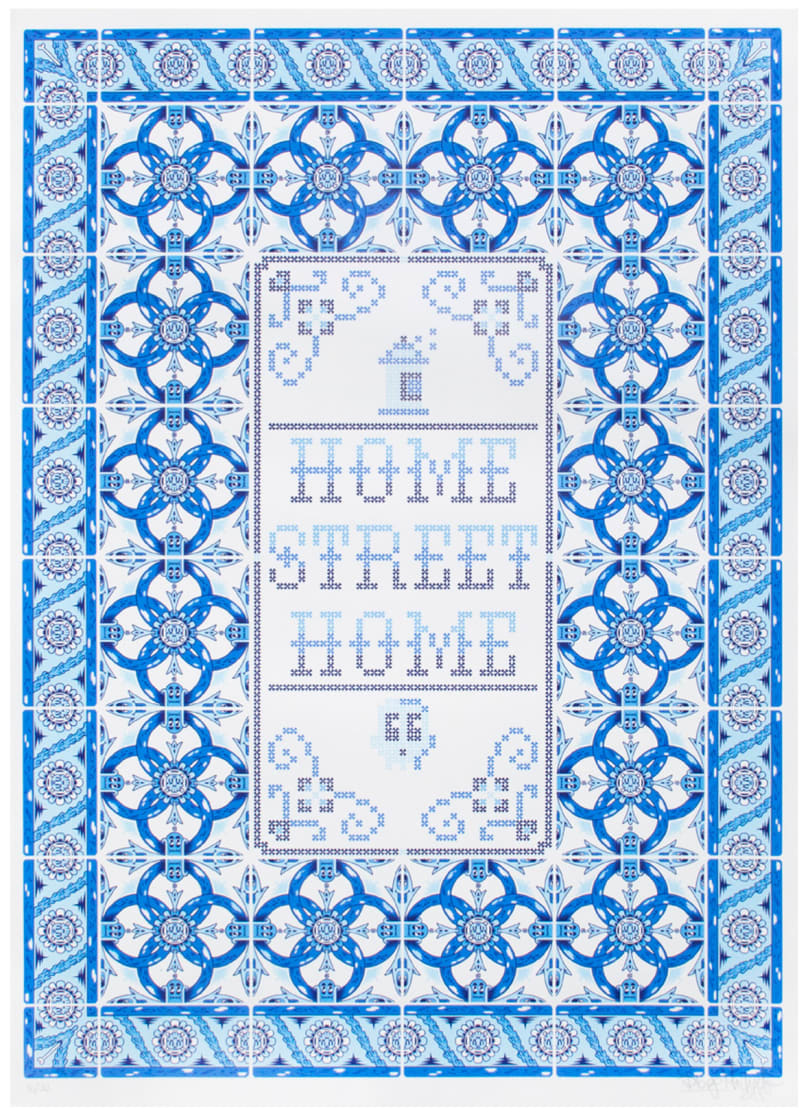


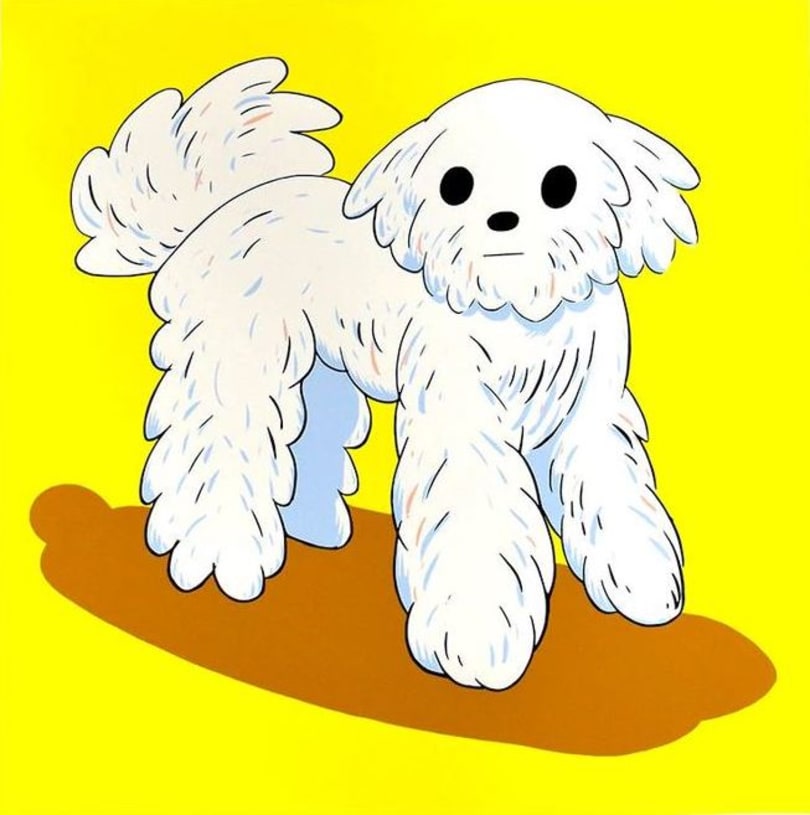
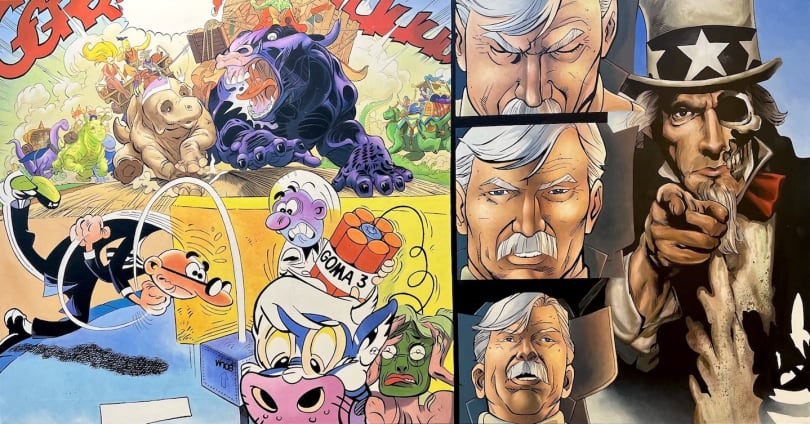


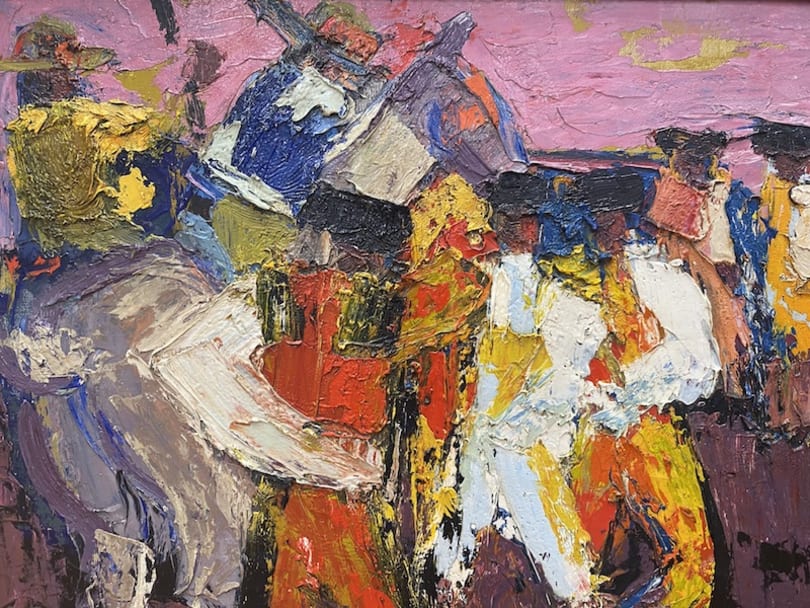
.jpg)


.jpg)


